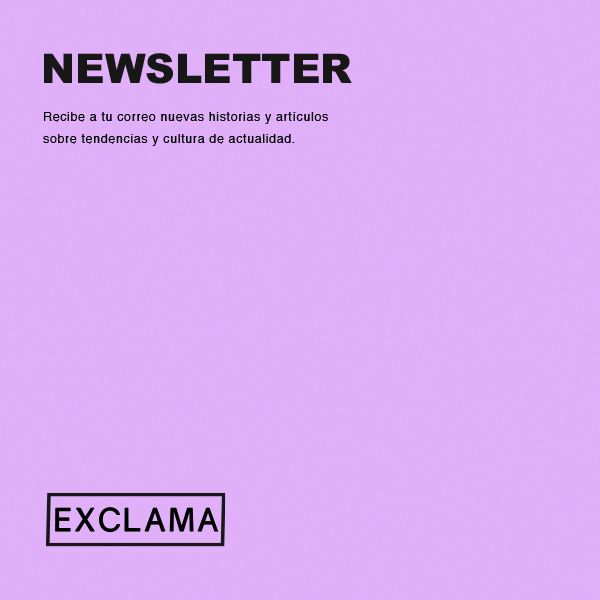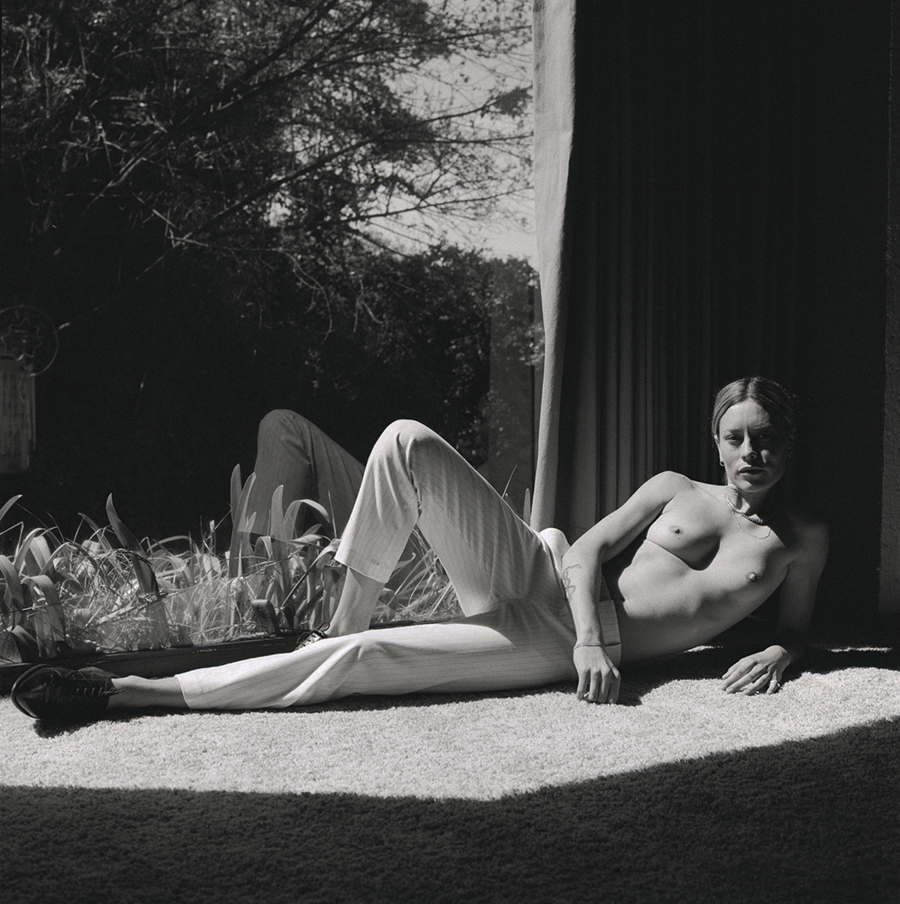
La fotógrafa Yvonne Venegas explora las dualidades de la fotografía, cuestionando la eficacia de la imagen en las narrativas del «mundo real». En una entrevista, nos compartió sus inicios y su visión sobre su profesión.
Photographer Yvonne Venegas navigates the dualities of photography, questioning the effectiveness of the image in narratives of the «real world». In an interview, she shared her beginnings and her vision of her profession.
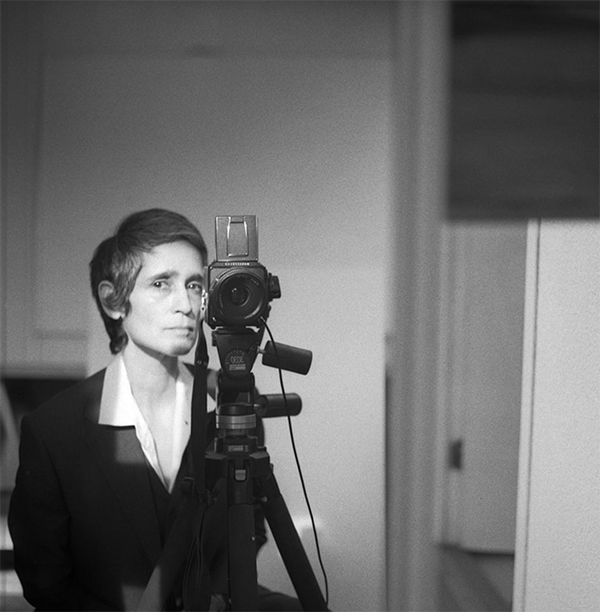
Yvonne Venegas (1970), nació en Long Beach, California, pero fue criada en Tijuana y actualmente se encuentra radicada en la Ciudad de México. Se graduó del Centro Internacional de Fotografía en Nueva York y recibió su Maestría en Bellas Artes en la Universidad de California en San Diego en 2009. Ha mostrado su trabajo en varios países, y ha sido reconocida con premios y becas, como la Beca Guggenheim en el 2016, por su proyecto “San Pedro Garza García”. Además, en 2020 recibió la Beca Jumex y el Premio Cuervo Adquisición para continuar con su proyecto “El lápiz de la Naturaleza”. Además, recibió la Beca del Sistema Nacional de Creadores para su proyecto “Mar de Cortés”.
Yvonne Venegas (1970) was born in Long Beach, California, but was raised in Tijuana and currently resides in Mexico City. She graduated from the International Center of Photography in New York and obtained her Master of Fine Arts from the University of California, San Diego in 2009. Her work has been exhibited in various countries and she has been recognized with awards and scholarships, such as the Guggenheim Fellowship in 2016 for her project “San Pedro Garza García.” Additionally, in 2020 she received the Jumex Fellowship and the Cuervo Acquisition Prize to continue her project “The Pencil of Nature”. Furthermore, she received the National Creators’ Grant for her project “Sea of Cortez”.

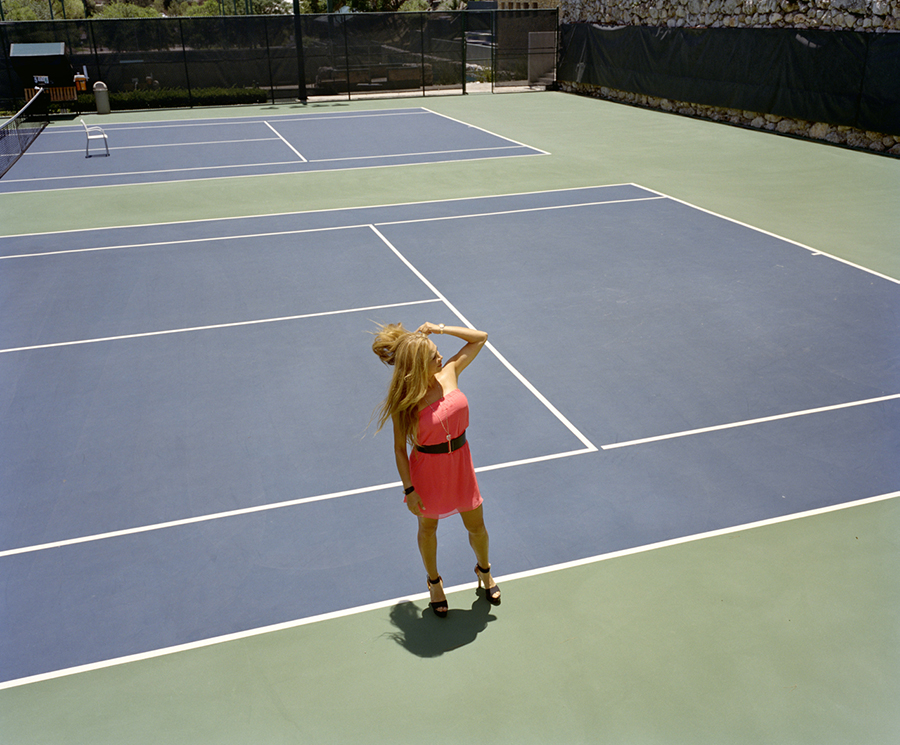
E: Hay dentro de tu historia familiar una herencia del oficio de la fotografía cuando tus padres fueron los fundadores del estudio fotográfico Venegas Fotografía fina. ¿Cómo influyó esto en tu decisión de ser fotógrafa?
Y: Todo sucedió de forma muy natural. Pasar horas después de la escuela o durante el fin de semana en el estudio, viendo a mis papás trabajando con clientes o en el archivo, o inclusive ir con ellos a laboratorios en San Diego a llevar fotos y recoger negativos, etc. La fotografía era parte de nuestras vidas. Estando en el estudio, una cámara, llego con mucha naturalidad a mis manos, además de que yo ya desde entonces era bastante extrovertida. Me gustaba la cámara que me daba otra excusa para conocer a personas.
E: Within your family history, there is a legacy of photography when your parents founded the Venegas Fine Photography studio. How did this influence your decision to become a photographer?
Y: It all happened very naturally. Spending hours after school or on weekends in the studio, watching my parents work with clients or in the archive, or even going with them to laboratories in San Diego to drop off photos and pick-up negatives, etc. Photography was part of our lives. Being in the studio, a camera naturally found its way into my hands, and since I was quite outgoing even then, I liked the camera because it gave me another excuse to meet people.
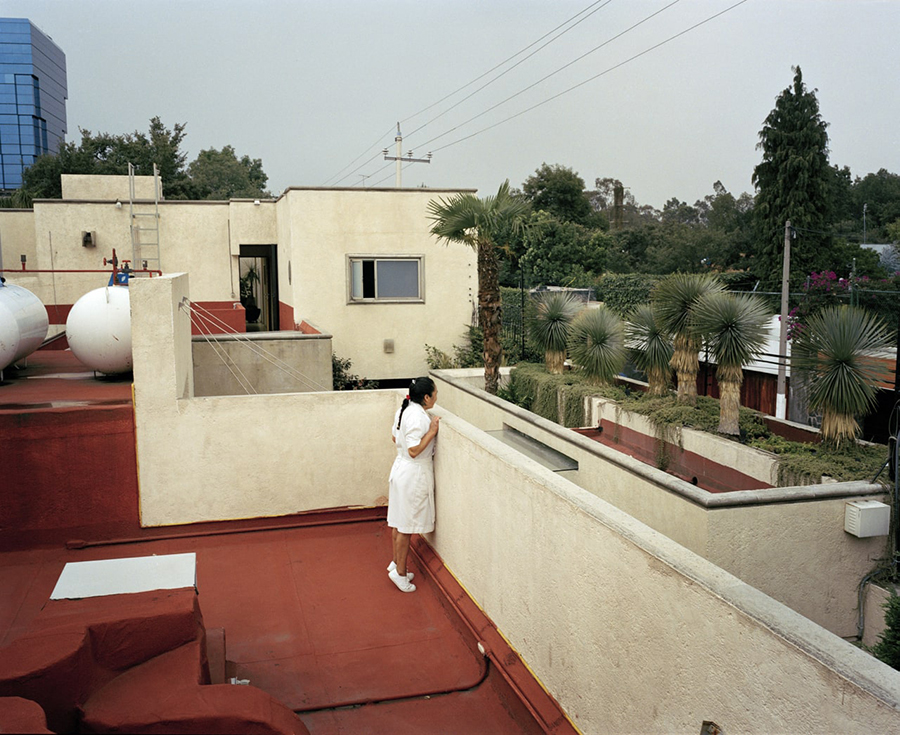
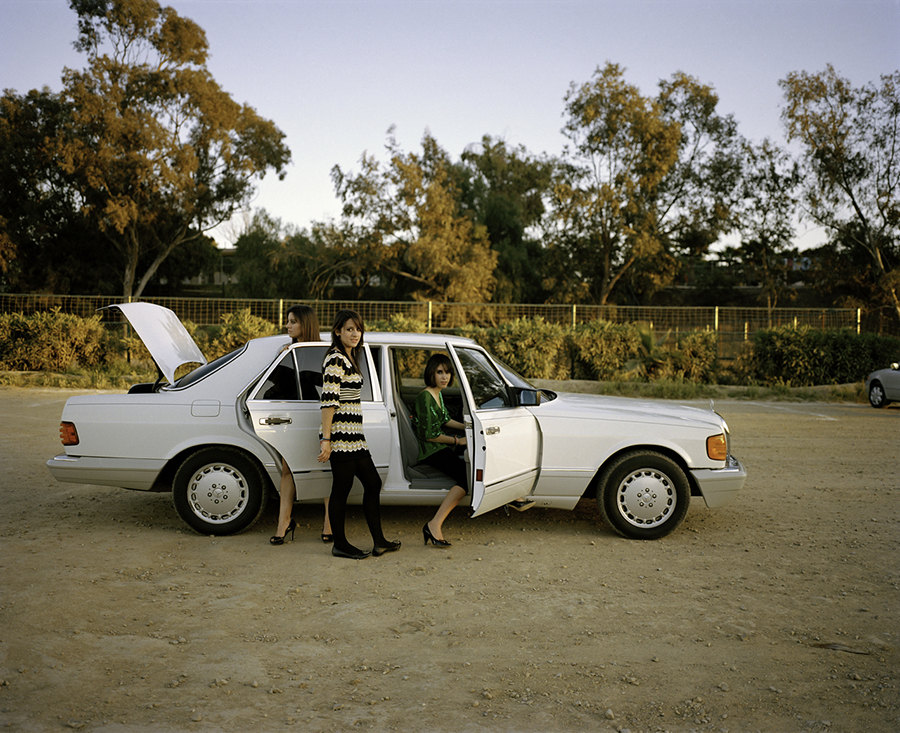
E: Mencionas en un momento, que tu labor ahora es justo reformular ese archivo de tus padres que excluye uno de los aspectos más esenciales de cualquier experiencia fronteriza: la vulnerabilidad. ¿Puedes comentarnos más sobre ello?
Y: El formato de fotografía que mis padres aprendieron, viene de los estudios que hicieron en Estados Unidos, además de trabajar para un estudio en Los Ángeles que enviaba a fotógrafos a registrar bodas. Este formato tenía una fórmula: el evento de la boda se representaba en 30 momentos esenciales, más o menos. Estos momentos eran claros y también era clave para la descripción del ritual: empezaba desde que la novia se arreglaba ante el espejo antes de salir a su boda, y terminaba cuando el novio cargaba a la novia al carro y se iban juntos a su luna de miel. Esta forma de describir un evento, dejaba fuera miles de momentos que no entraban dentro de la fórmula, y era ahí donde empezaba mi curiosidad. ¿Qué pasaba entonces con la autenticidad de ese día para esas personas? ¿Qué pasaba con la tristeza, o la ambigüedad, o tantas cosas que no eran un enunciado claro y no cabían en esa precisión? Y bueno, de ahí empieza mi interés por el tipo de momentos que he querido encontrar en mis proyectos de diferentes formas.
E: You mention at one point that your current work involves precisely reformulating that archive of your parents, which excludes one of the most essential aspects of any border experience: vulnerability. Could you tell us more about that?
Y: The photography format my parents learned comes from the studios they studied in the United States, in addition to working for a studio in Los Angeles that sent photographers to capture weddings. This format had a formula: the wedding event was represented in about 30 essential moments. These moments were clear and also crucial for describing the ritual: it started from the bride getting ready in front of the mirror before heading to her wedding and ended when the groom carried the bride to the car as they left together for their honeymoon. This way of describing an event left out thousands of moments that did not fit into the formula, and that’s where my curiosity began. What happened then to the authenticity of that day for those people? What happened to the sadness, or the ambiguity, or so many things that were not clear statements and did not fit into that precision? Well, that’s where my interest in the type of moments I have wanted to find in my projects, in different ways begins.
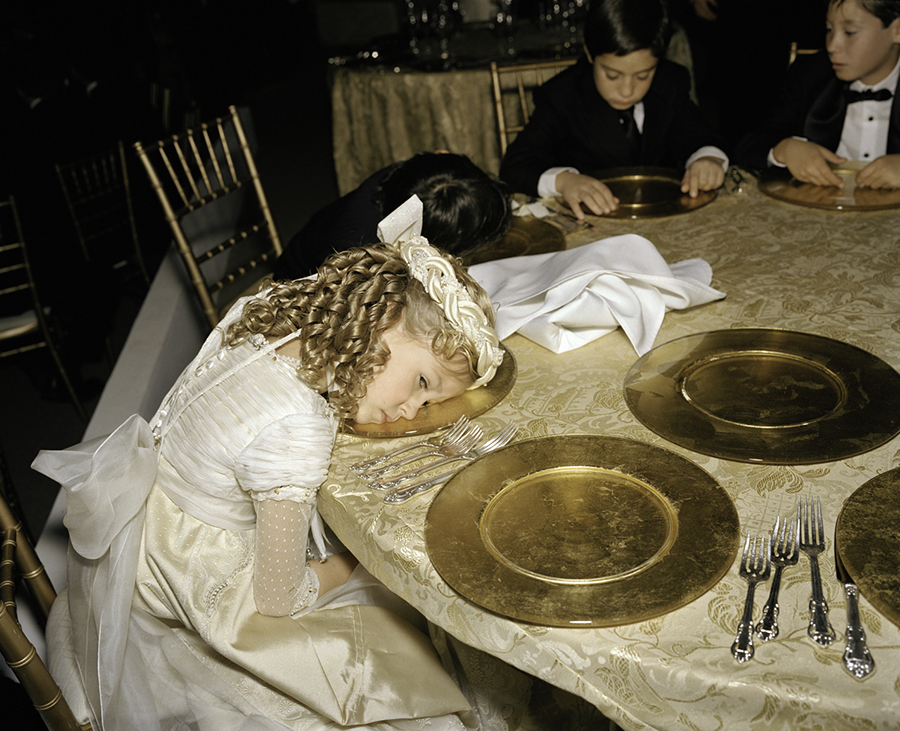
E: De alguna manera, en tu trabajo puede verse un comentario hacia las tensiones sociales por la diferencia de clases ¿Cómo se logra un balance entre los aspectos técnicos y los aspectos sociales en el trabajo fotográfico?
Y: La fotografía es algo que toda la gente entiende. Si pides a alguien que te deje hacerle un retrato, el encuentro será claro para qué es. Yo encuentro que el balance está en ser lo más honesto posible con las personas. Cuando estoy haciendo un proyecto, a la gente que retrato le cuento todo lo que he estado pensando y procesando mientras hago el proyecto. Lo de las tensiones sociales, creo que es algo que ve el espectador, no algo que está en el trabajo especificado. Cualquier cosa, al salir de su contexto, tendrá muchas miradas que lo ven de distintas formas, y eso es de las mejores cosas que tiene la fotografía.
E: In a way, your work can be seen as a commentary on social tensions due to class differences. How do you achieve a balance between technical aspects and social aspects in your photographic work?
Y: Photography is something everyone understands. If you ask someone to let you take their portrait, the encounter will be clear for what it is. I find that the balance lies in being as honest as possible with people. When I’m working on a project, I tell the people I photograph everything I’ve been thinking and processing while doing the project. As for social tensions, I think it’s something the viewer perceives, not something explicitly stated in the work. Anything, when taken out of its context, will be seen in many different ways, and that’s one of the best things about photography.
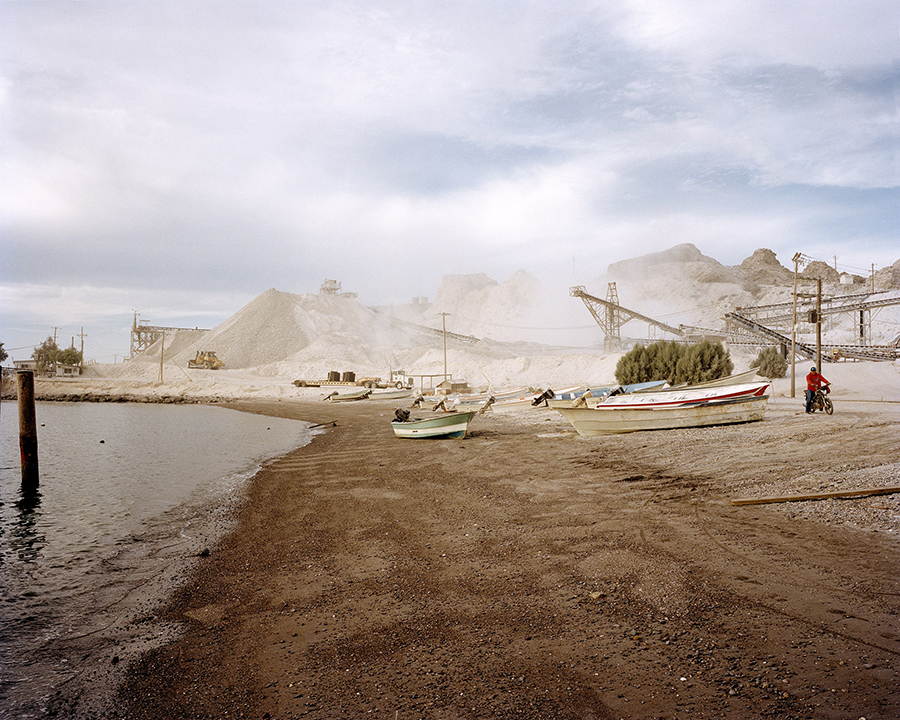
E: ¿Has realizado algún trabajo que haya significado un reto en tu profesión de fotógrafa?
Y: Hacer proyectos independientes es siempre un reto. Tener la idea, e insistir en ella una y otra vez, no es reto cuando lo estás haciendo, pero sí cuando ves que a los demás no les parece tan interesante como a ti te ha parecido. Conseguir dinero para publicar los libros, al principio es un reto salir de la idea que será difícil, pero ya que sales de ahí te das cuenta de que no es tan difícil.
E: Have you undertaken any work that has posed a challenge in your profession as a photographer?
Y: Engaging in independent projects is always a challenge. Having the idea and persisting with it over and over again isn’t challenging when you’re doing it, but it becomes one when you see that others don’t find it as interesting as you did. Getting funding to publish books initially feels like a challenge to overcome the idea that it will be difficult, but once you break through that barrier, you realize it’s not so tough.
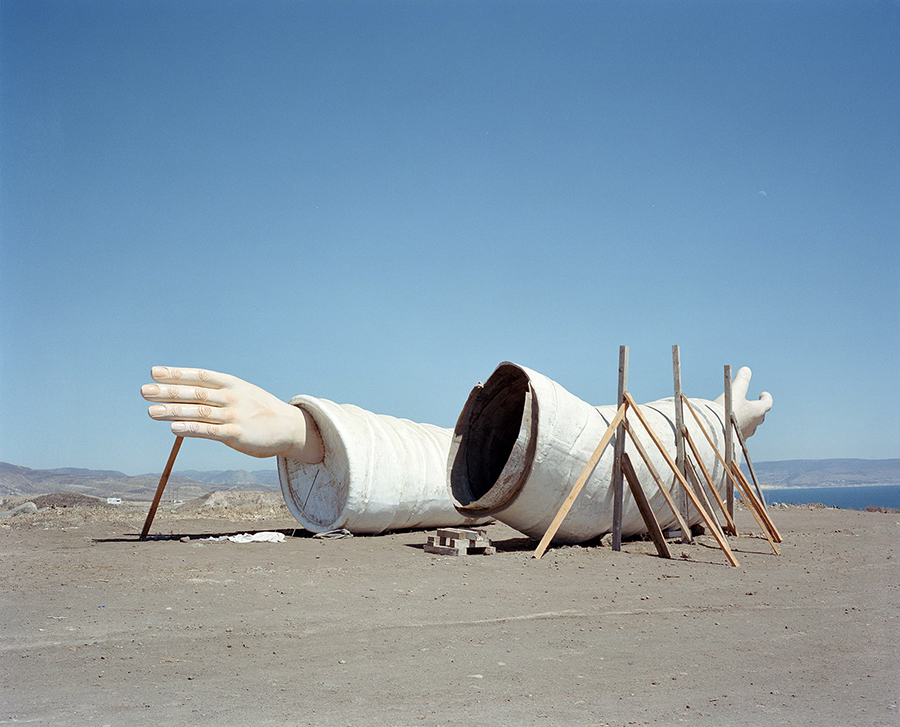
E: ¿Cuál es para Yvonne la cualidad más importante que debe tener un fotógrafo en la actualidad?
Y: Ser auténtico. Escuchar su voz, saber qué quiere, y tener curiosidad.
E: What, in Yvonne’s opinion, is the most important quality a photographer must possess today?
Y: Authenticity. Listening to their voice, knowing what you want, and being curious.
Yvonne Venegas
CDMX, 14.04.24


